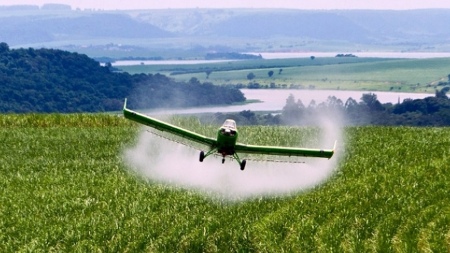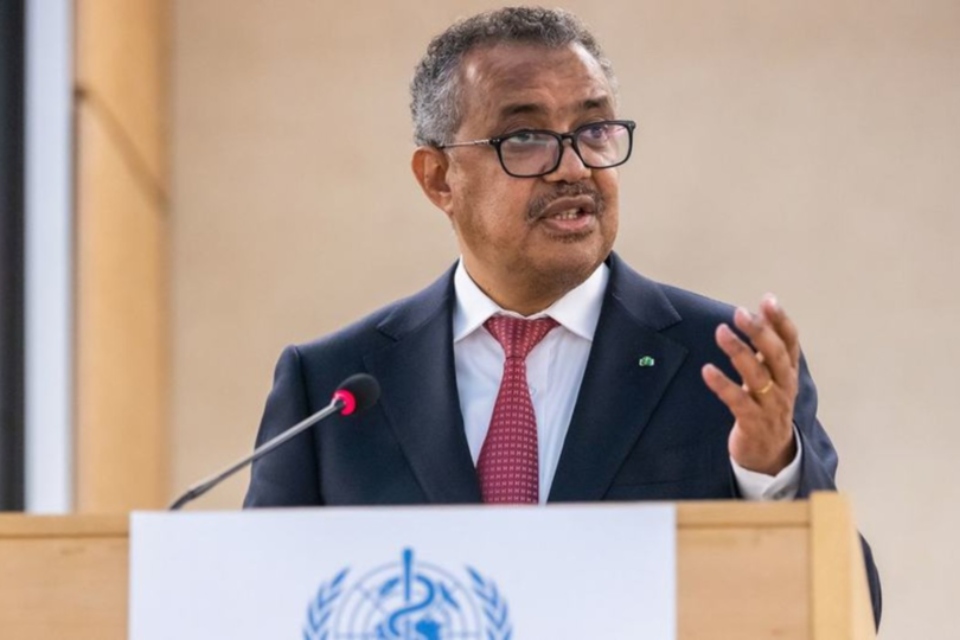“What we observe is that cancer mortality in this region is above the national average; This is what led us to work with cancer and to think about the environmental scenario that is usually at the origin of these diseases, not as the only cause because there is an interaction between the environmental and the genetic, it plays a fundamental role”, details Télam-Confiar. the doctor Alejandro Oliva, head of the Environment and Health Program at the National University of Rosario (UNR).
The UNR is one of the six universities that make up the Interuniversity Network on Environment and Health of the Central Region (Redinasce), created in 2016 through an agreement with the objective of “working on the realities of the environment-health interface in the region” Olive explains.
In addition to the UNR, Redinasce is made up of the National University of Entre Ríos (UNER), the National University of Córdoba (UNC), the National University of the Coast (UNL), the National University of Río Cuarto (UNRC) and the University Villa Maria National University (UNVM).
“The region has 8 million inhabitants, that is, almost 20 percent of the Argentine population; but it also has particular environmental characteristics”, indicates the doctor and researcher.
And he explains that “from the environmental point of view, it is defined by the use of the land for agriculture and, therefore, indirectly by the impact of pesticides and other agrochemicals and by the quality of the waters that have a lot of arsenic.”
“In this regard -he continues- we have a very high percentage of the population exposed to consuming water with a high arsenic content (above 10 micrograms per liter, which is what the WHO recommends)”.
Oliva details that “the Argentine Food Code speaks of 50 micrograms-liter; The issue is that arsenic above 10 micrograms in water or soil has been shown to cause diseases such as cancer, birth defects and other long-term problems.

The publications
During these years the group made two key posts: the first was in 2021 at the Argentine Journal of Public Healthand the article were the conclusions of an investigation on the trend of cancer mortality in the central region of the country during the period 1992-2016.
The job, which was financed by the National Cancer Institute (INC) and the Secretary of Science and Technology of the UNRconcluded that “both the provincial and departmental rates were above the national rates for their respective quinquennium (five-year period).”
By way of example, while the national mortality rate from cancer in men in the five-year period 1992-1996 was 152 cases per hundred thousand inhabitants, the mortality rate of men residing in Córdoba was 172.6; in Santa Fe, 173, and in Entre Ríos, 185.9.
The highest rate of cancer in the entire period studied (1992-2016) was detected in men from Entre Ríos in the five-year period 1992-1996 (185.9 cases per hundred thousand inhabitants), and the lowest, in women from Córdoba between 2007 and 2011 (88.1 cases per hundred thousand inhabitants), but even so, it is higher than the national average for this gender in that five-year period.
The other article was published in the Pan American Journal of Public Health (PAHO) in 2022 and they were the conclusions of an investigation that analyzed mortality from cancer, presence of arsenic and nitrates in drinking water and planted areas in Argentina.
This was a retrospective study in which the total planted areas were analyzed for decades (as an indirect calculation of the use of agrochemicals) and the percentage of the population exposed to high levels of arsenic and nitrates in drinking water in relation to mortality rates. total for cancer and organ-specific (types of cancer).
In the results of this article, the researchers reported that “positive and significant correlations were found between the first two decades of total planted areas and the first decade of total cancer mortality, as well as correlations with lung, pancreatic, and colon cancer in men.” ; and with colon cancer in women”.
In addition, they indicated that “elevated levels of arsenic are associated with total cancer mortality rates in both sexes and in all decades, although specifically with lung cancer in men”, while “no significant correlations were found with nitrate”.

“It is important to note that These studies are ecological and do not demonstrate causality, but they do show an approach to the problems that allow opening different hypotheses.”, clarifies Olive.
And it indicates that “these data should open new investigations such as, for example, the search for agrochemicals and arsenic in blood or urine, which would allow us to know if the individual who has a problem is circulating, or has had any of these components circulating; the problem is that this type of work is very expensive”.
What will come
At present, the Redinasce is finishing an investigation on congenital anomalies that was financed by the National Ministry of Health.
“Regarding the issue of arsenic in drinking water, for this research we had to review what had been published in the databases in each province by other researchers, plus what we had published with previous studies and with that we were able to build an index that is the ‘percentage of the population exposed to arsenic in drinking water’, which is a new index that has not yet been published”, he describes.
They are also working on another line that links cancer and congenital abnormalities with sociodemographic variables.
In the future, the group will investigate mortality from childhood cancer up to 15 years of age, which, according to Oliva, “is a more sensitive variable than general mortality from this disease.”
They are also going to work on “neurodegenerative diseases such as Alzheimer’s and Parkinson’s and their link with the environment, which is a topic that is rarely addressed in Latin America, but no one doubts its link worldwide,” concludes the researcher.


















